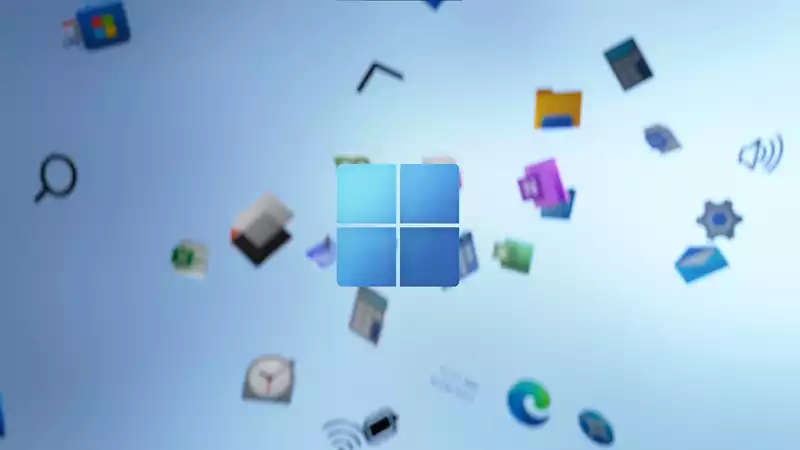According to the official requirements, Microsoft states that at least 64 GB of storage space is required before installing Windows 11, and the average installation size is around 20 to 27 GB. But even so, developer NTDEV has released the first beta version of Tiny11 core, pushing the limits of the OS.
According to Tom's Hardware, the developers have so far focused on minimizing the memory footprint of the latest version of Microsoft's OS, but this new core version is designed to shrink disk space usage to the bare minimum Previous versions of Tiny11 have managed to reduce this requirement to the 8GB mark, but this new beta version proves that there is a lot more fat that can be cut (or in this case compressed) from Windows 11, while still leaving some sort of useable state.
This impressive result was achieved through the judicious use of LZX disk compression, and while the end result appears to be somewhat functional, this process has left many, including Microsoft Edge, Recovery Agent, Windows Defender, and Windows Update functions were affected.
As a result, developers were quick to point out that Tiny11 core should not be viewed as a replacement for the previous version, referring to it as a "quick and dirty test bed" rather than something to consider installing on a primary machine. Many security features are left unchanged, and as a result, anyone thinking of trying it out for themselves should reconsider whether it is a good idea.
Despite the caveats, as a proof of concept, this is an impressive piece of work and shows how much installed space could potentially be saved by taking advantage of the latest compression algorithms, even in the most basic parts of Windows itself.
Given that high-capacity, high-speed SSD storage is now fairly inexpensive, one is tempted to doubt the usefulness of such an achievement, but as a technical exercise, it makes one wonder exactly what the standard storage requirements of Windows 11 are.
You could check out the installation yourself, but given all the security features played with here, I would not recommend it. But it is an interesting experiment and, of course, raises the question of how much compression is possible before the OS ceases to function completely, or whether this same high compression could reduce the size of the latest game installations and provide blessed relief to the groaning SSDs. This also raises the question.
Yes, Starfield.


Comments